What better way to add color into your Florida Garden than to include the versatile Salvia. This is one of the largest genera of flowering plants with a thousand species worldwide. Salvias will grow in full sun to shade, sandy soil to mucky soil, in ground or in containers. And, Salvias are fast growing, flower quickly, and can be propagated via seed, cuttings or divisions easily.
The genus Salvia are in the family Lamiaceae (formerly Labiatae) and are easy to identify. Plants are primarily woody perennials, they have square stems with opposite leaves, the leaves are entire (no lobes or divisions) and often aromatic, and the plant is hairy. Flowers are unique in having a fused corolla (petal joined) forming two lobes that are often colorful and fancy, anthers and style (sexual parts) are elongated and protruding. The sepals are fused into a calyx (protects petals when in bud) and are often brightly colored and hairy. Inflorescences are usually racemose (long flowering stem with oldest open flowers at the base, opening in sequence to the apex).
Florida gardens incorporate many species of Salvia because of their varying growth habits and multitude of colors. There are 3 general groups of Salvia based upon their use and growth habit: Annual Salvias (grown horticulturally as an annual; often replaced with the season), Herbaceous Perennial Salvias (forms multi-stemmed plant with open airy appearance) and Shrub Salvias (woody perennial forming many-stemmed shrub, bushy appearance). Here is a sampling of a few popular and available Salvias.
Salvias will fill those special spots in your Florida Garden that require a colorful flowering perennial, full sun to partial shade, sandy to loamy soil, native or introduced, and very easy to grow. They are seasonally available in all garden centers and will fill your pollinator plant needs.
This post was written with the help of one of our Lake County Master Gardener Volunteers. Thank you!
References/Additional Resources
Plant Identification Learning Module: Flowers and Foliage: Salvia (Salvia spp.). 2015. Plant ID: Flowers and Foliage: Salvia – Florida Master Gardener Volunteer Program – University of Florida, Institute of Food and Agricultural Sciences (ufl.edu)
Salvias. Plant ID: Flowers and Foliage: Salvia – Florida Master Gardener Volunteer Program – University of Florida, Institute of Food and Agricultural Sciences (ufl.edu)
Salvia. Publications. Ask IFAS: Salvia (ufl.edu)
Salvia. Salvia – Genus Page – ISB: Atlas of Florida Plants (usf.edu)
Annual Salvias
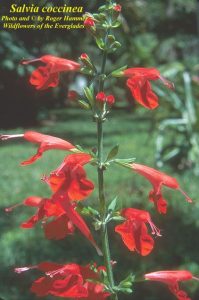
|
Salvia coccinea (Tropical Sage, Scarlett Sage)
|

|
Salvia farinacea (Blue Salvia)
|
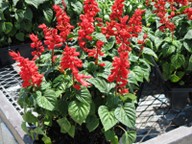
|
Salvia splendens (Scarlett Sage)
|
Herbaceous Perennial Salvias
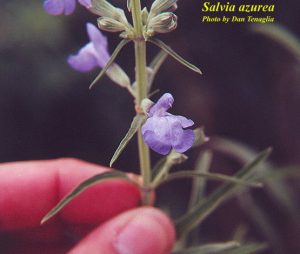
|
Salvia azure (Azure Blue Sage)
|
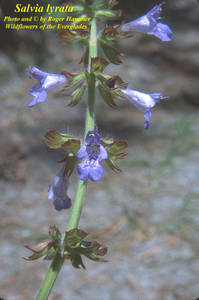
|
Salvia lyrata (Lyre-Leaved Sage)
|

|
Salvia misella (Southern River Sage, Creeping Sage)
|
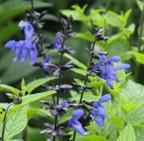
|
Salvia guaranitica (Blue Anise Salvia)
|
Shrub Salvias
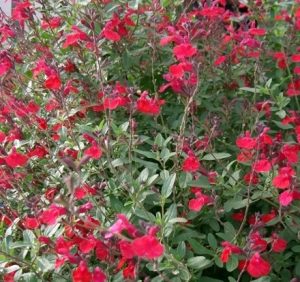 |
Salvia microphylla (Mountain Sage)
|
||
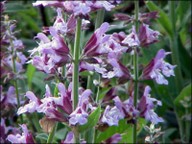 Photo Credit: UF/IFAS Gardening Solutions
Photo Credit: UF/IFAS Gardening Solutions |
Salvia officinalis (Common Sage)
|
||
 |
Salvia greggii (Autumn Sage, Cherry Sage)
|
||
by Jamie Daugherty
Source: UF/IFAS Pest Alert
Note: All images and contents are the property of UF/IFAS.



